The city of Guwahati is the biggest metropolis in Northeast India and also happens to be a part of Indo-Burma Biodiversity Hotspot. It is the capital city of the state of Assam with a total area of 216.79 sq. km. having a population of around a million with a population density of 2695.43 per sq. km. The city is situated on an undulating plain with varying altitudes of 49.5–55.5 m above mean sea level. The city is surrounded by eighteen hills. Guwahati has eight Reserve Forests (South Kalapahar RF, Fatasil RF, Jalukbari RF, Gotanagar RF, Hengrabari RF, Sarania Hill RF, Garbhanga RF, Rani RF) and two Wildlife Sanctuaries (Deeporbeel WLS and Amchang WLS) along with an internationally acclaimed wetland and Ramsar site, the Deeporbeel, within the city limits. The mighty river the Brahmaputra flows through the city. Guwahati has a tropical monsoon climate and receives about 1600 mm annual rainfall with an average annual temperature of 23°C. The overall habitat type in the study area mainly comprises of forest patches, scrublands, grasslands, plantations, wetlands, agricultural lands, human settlements and commercial areas. The forest patches are of a moist deciduous type. All these, make the city, a thriving centre for biodiversity. Recent assessments have revealed Guwahati to be the home of around 60 species of fishes, 25 species of amphibians, 53 species of reptiles, 212 species of birds and 36 species of mammals. Out of all these species, 33 species were found to be threatened with extinction and another 62 species needs evaluation. This points out to the fact that our Guwahati has a lot to offer in terms of urban biodiversity. In fact, Guwahati is the only city in India to have its own city's animal: The Ganges River Dolphin.
As human beings, we do not have the power to generate new species, but surely we are the one who can help secure the future of the species sharing our urbanized ecosystem of Guwahati. What would our city be without chirping of sparrows, fluttering of butterflies, croaking of frogs on those rainy nights? We are born and brought up, feeling the presence of these urban biodiversities around us, and we have no right to deny the future generations from this legacy. Urban biodiversity needs our support and attention. We have to be ready to walk that extra mile to conserve our wild neighbours!
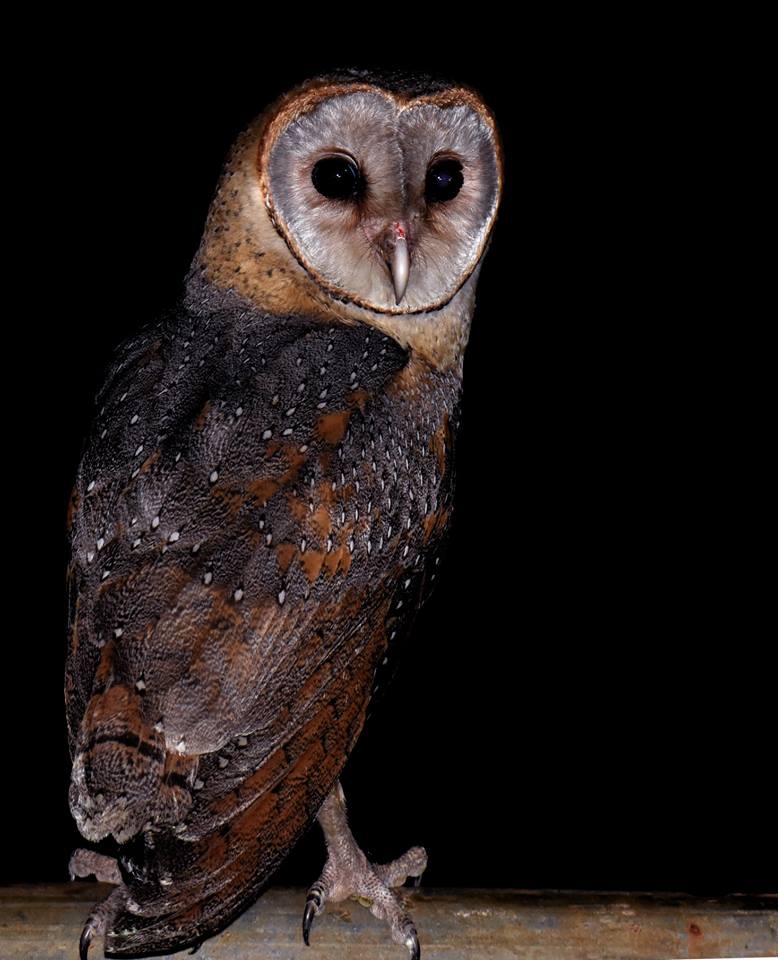
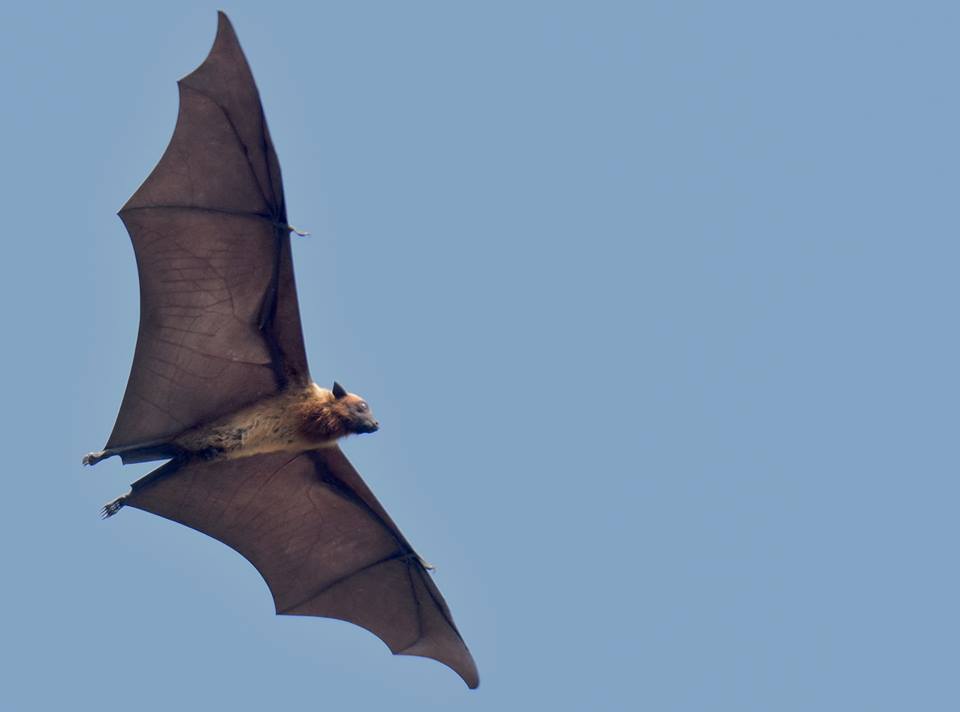
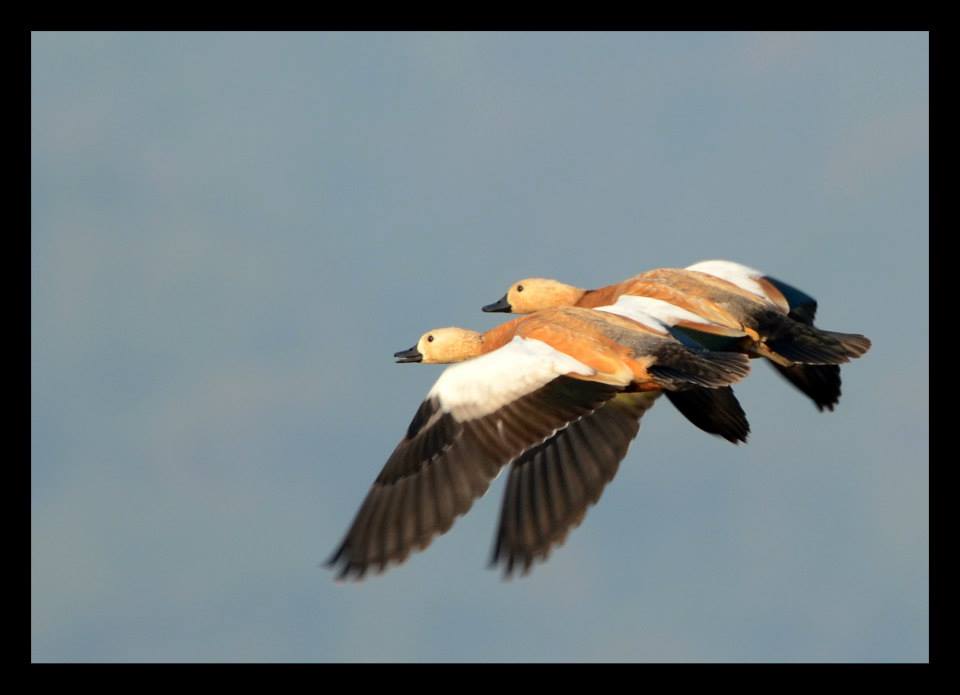 Ruddy Sherduck
Ruddy Sherduck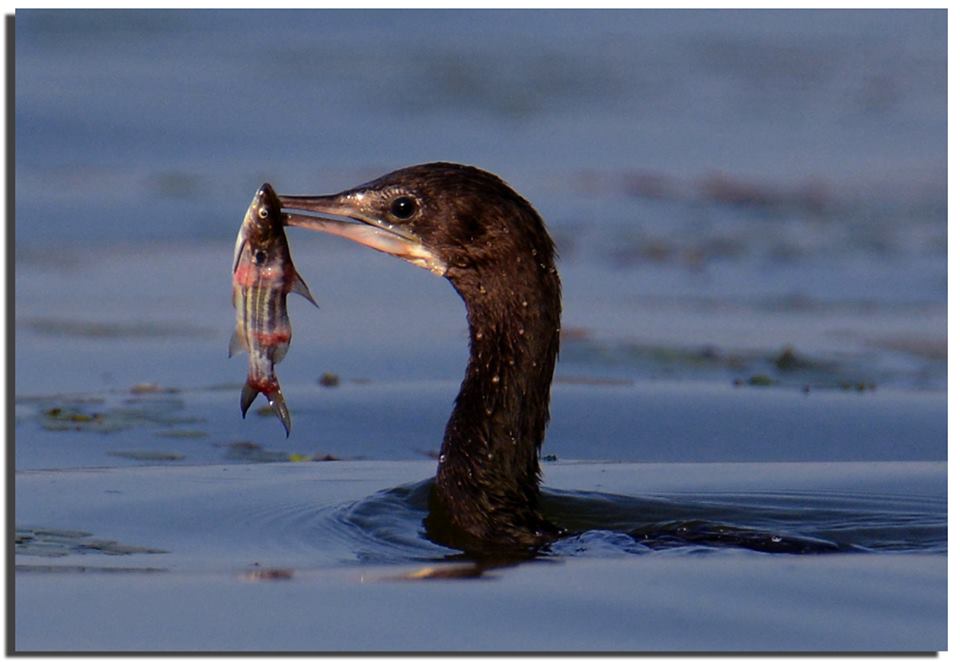
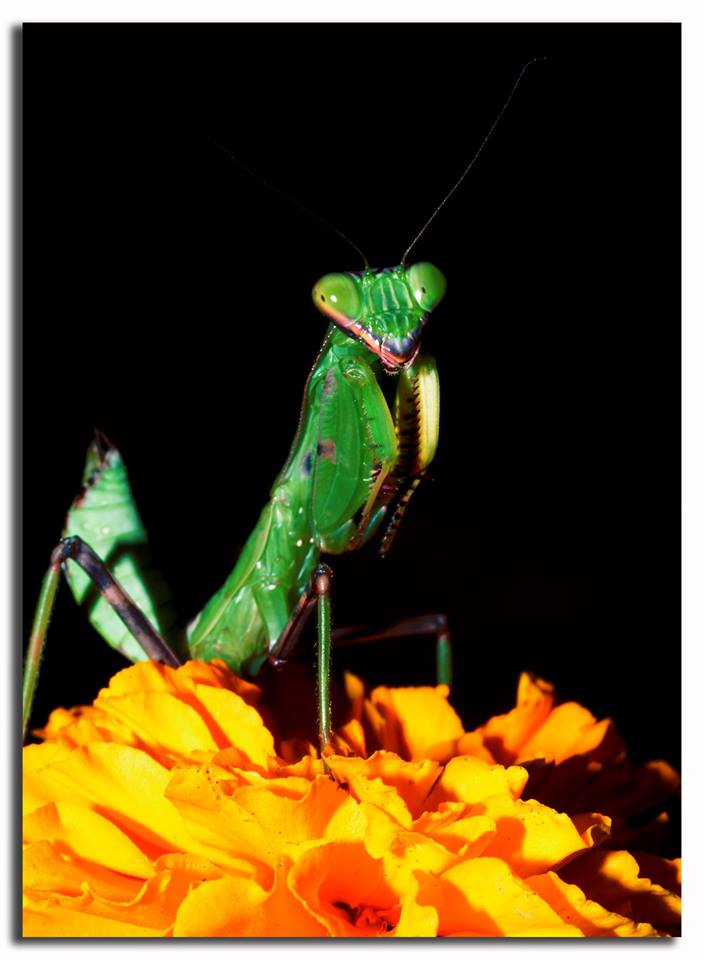
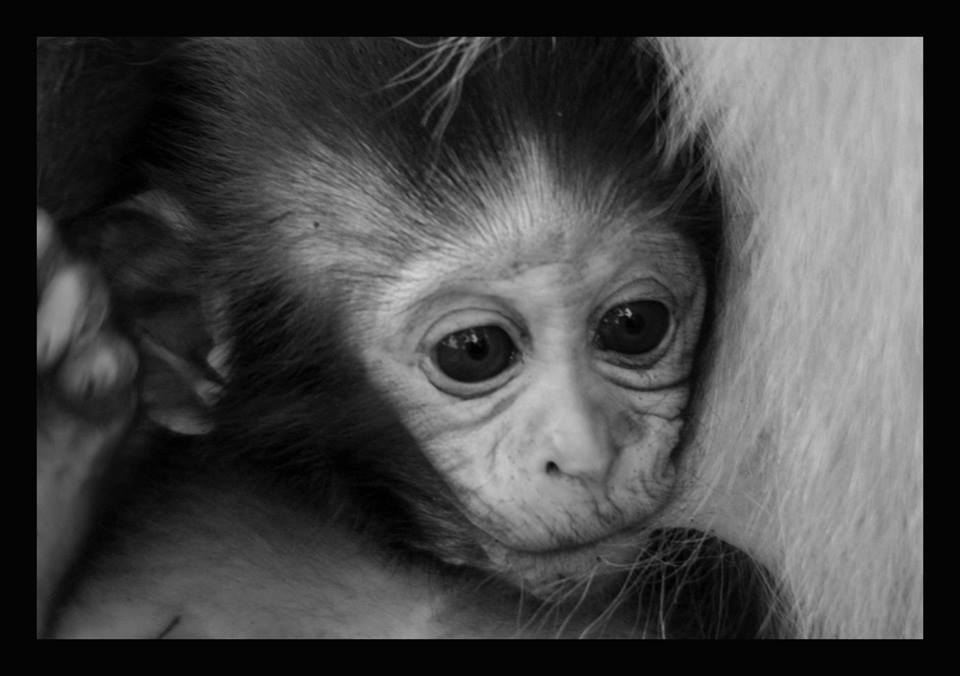
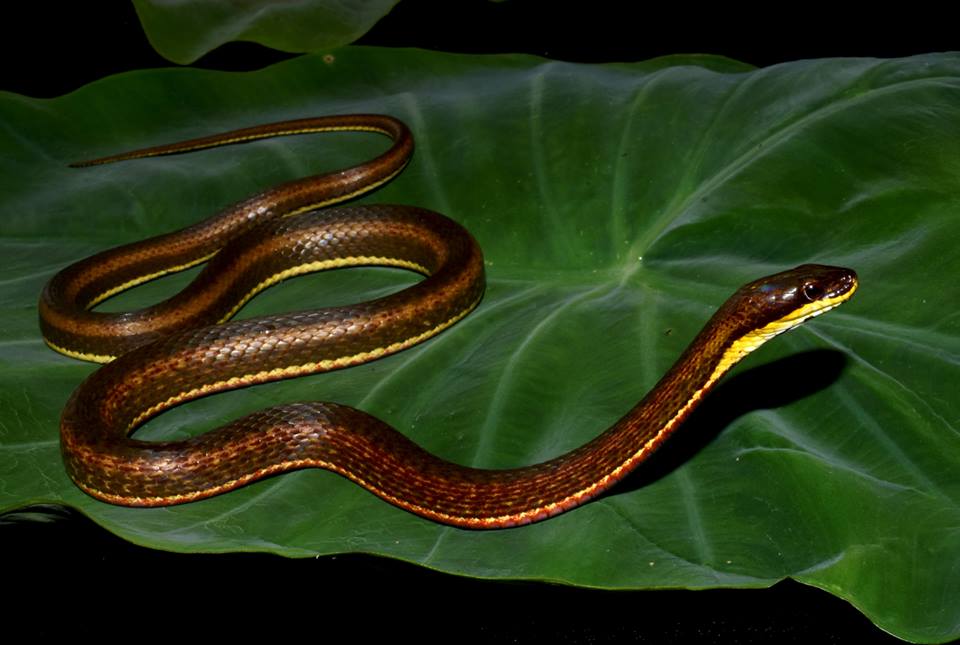

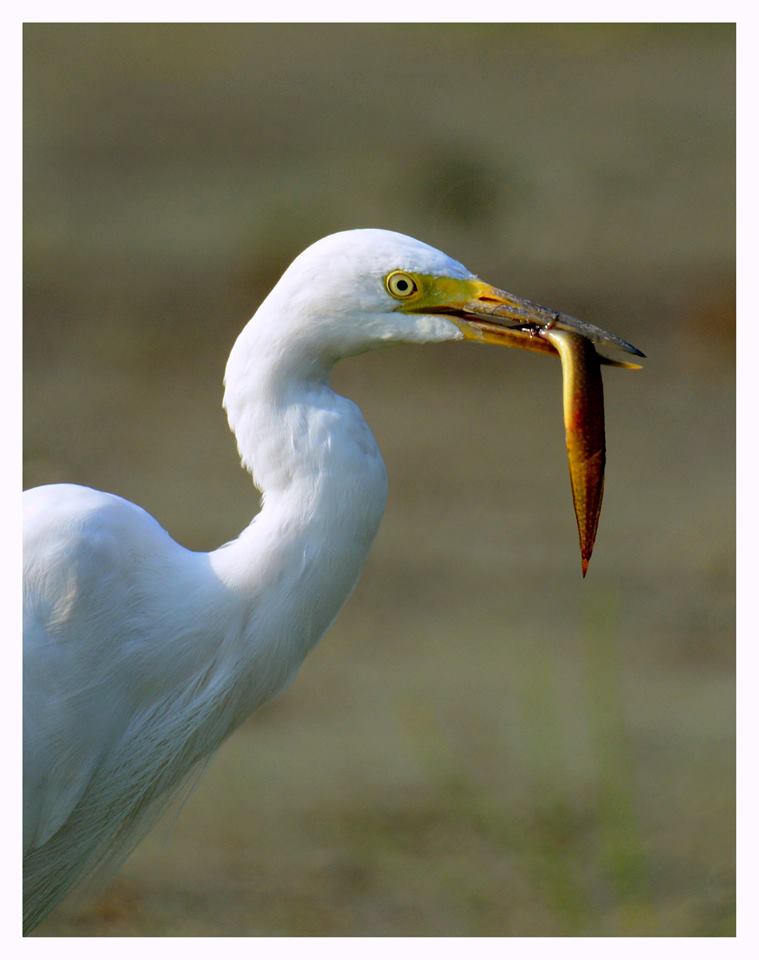
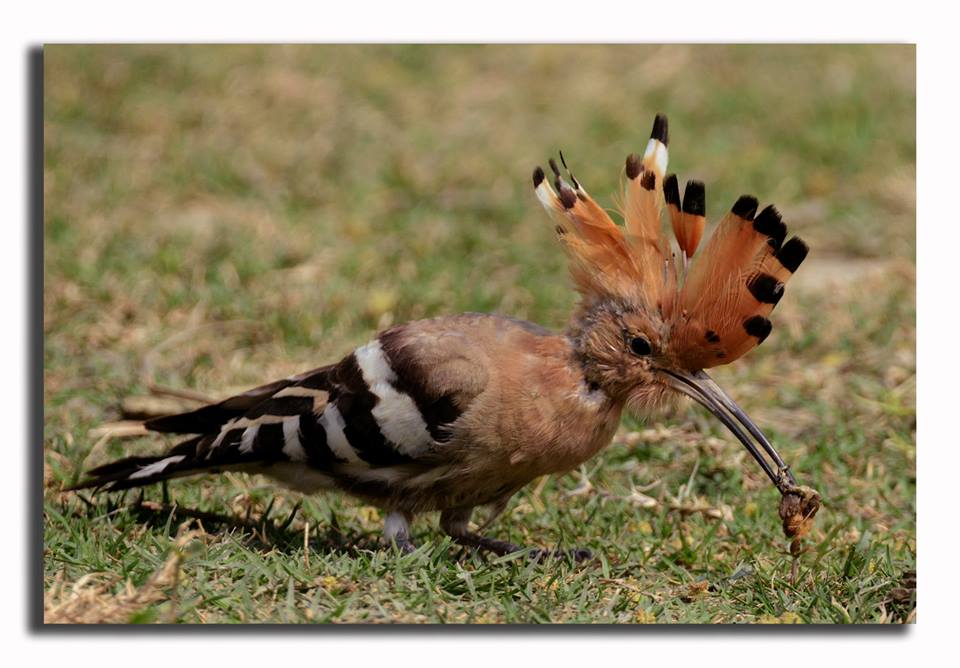
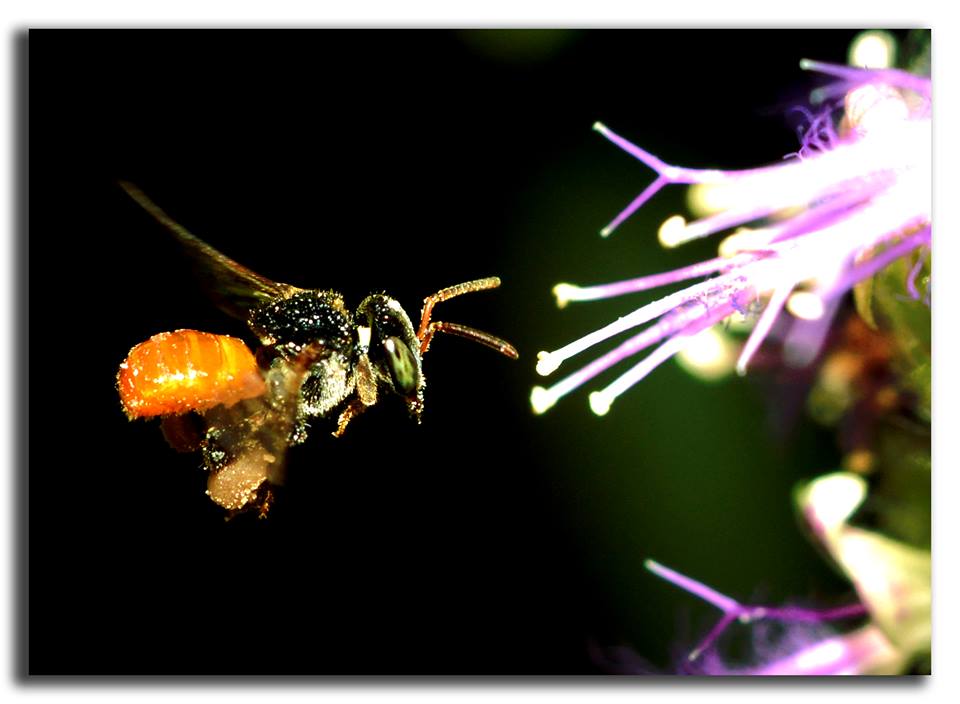
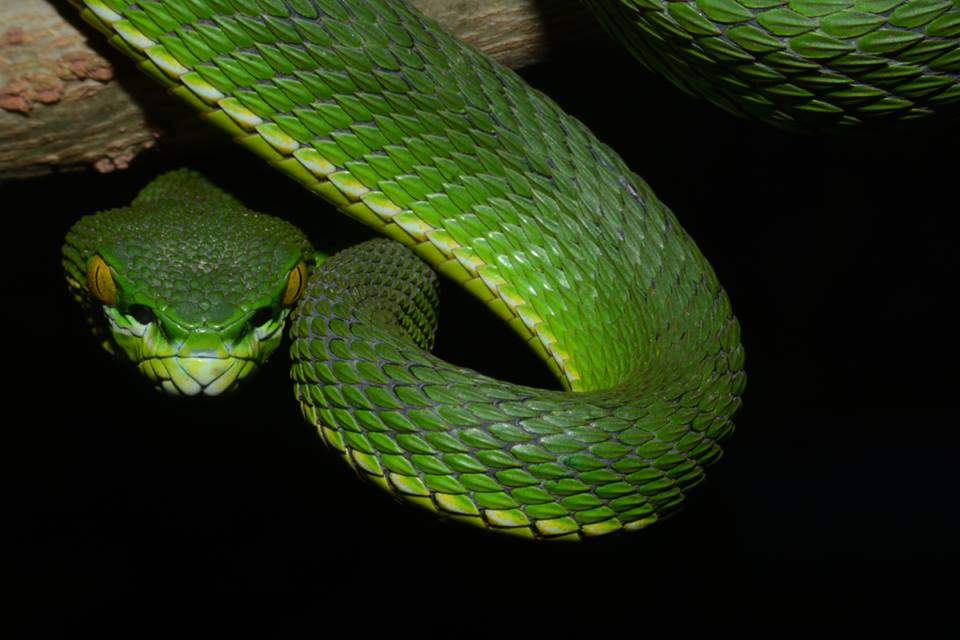
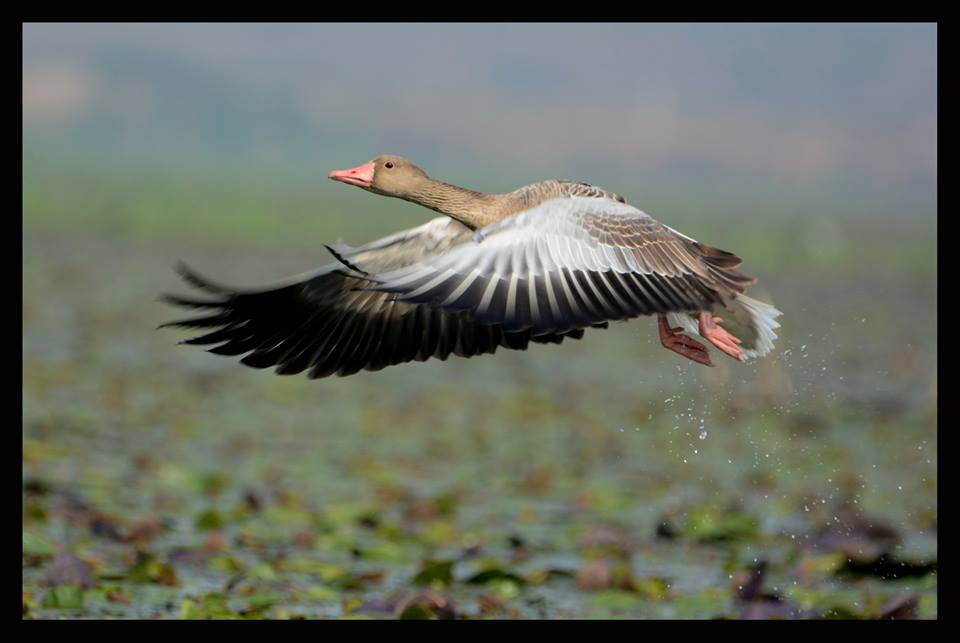
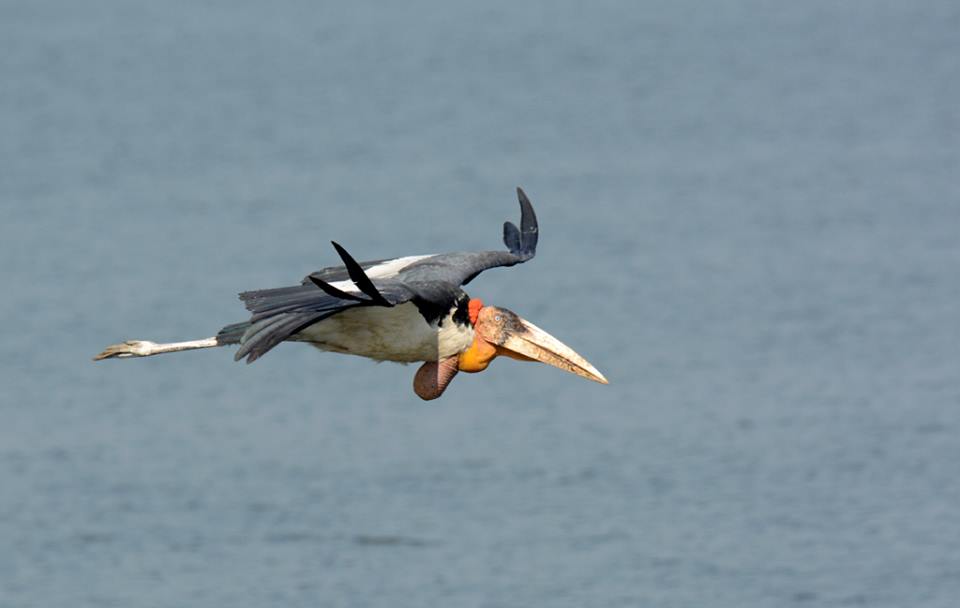


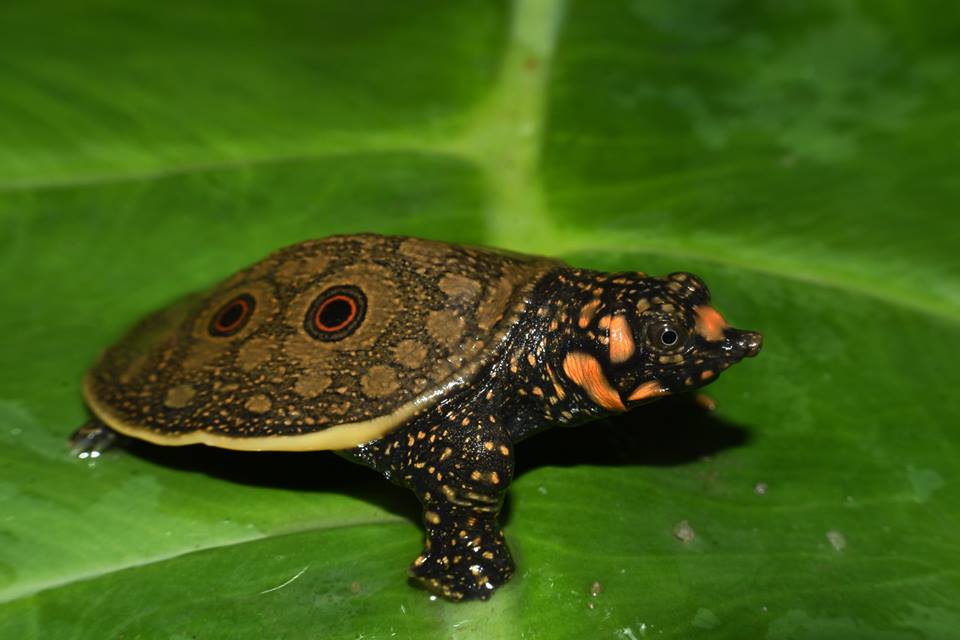
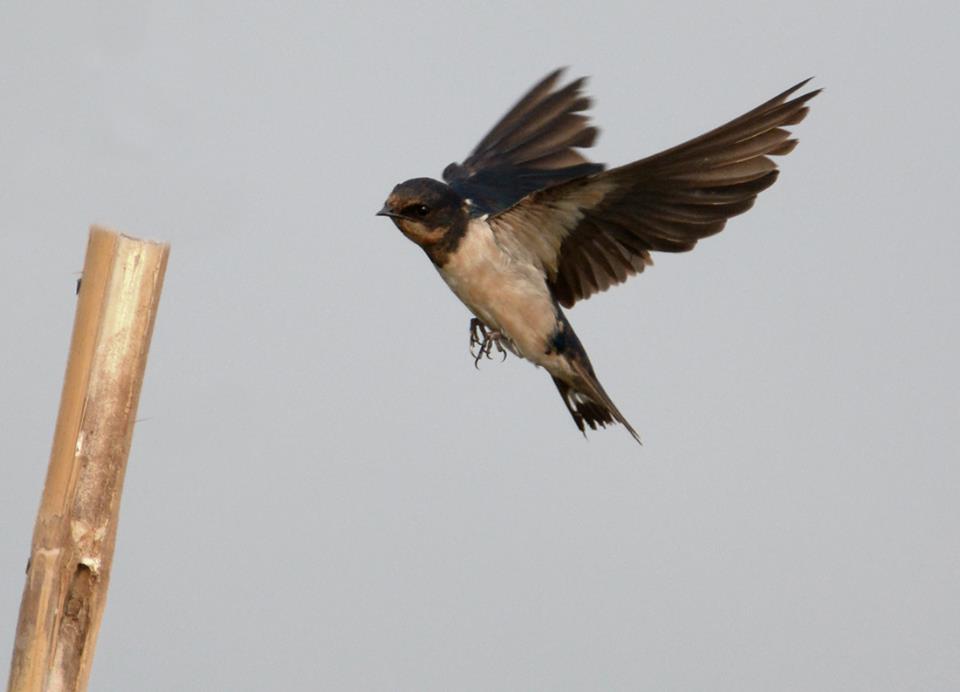
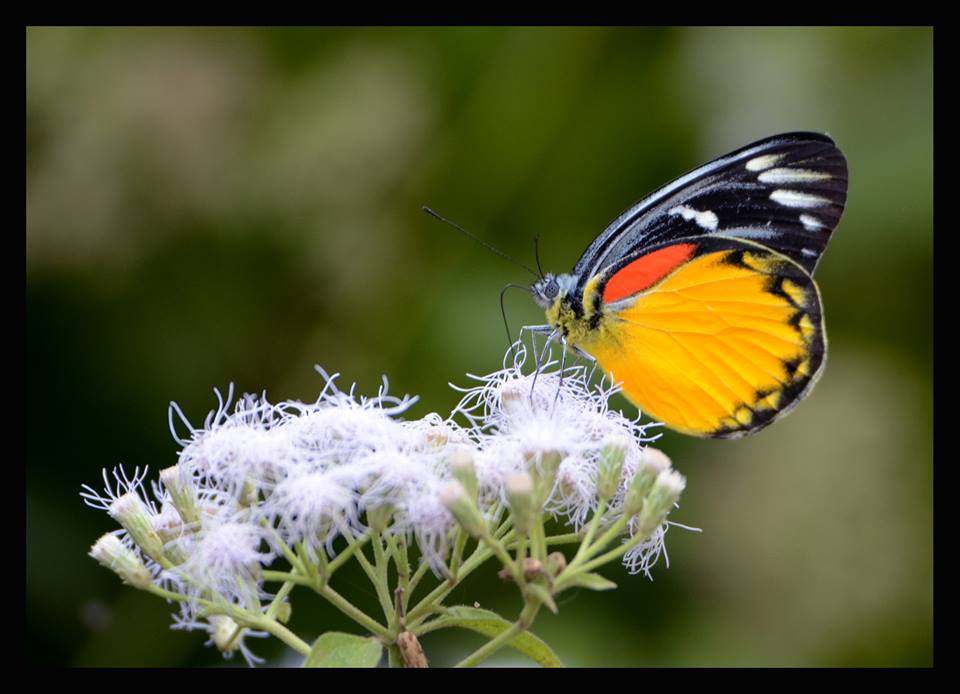
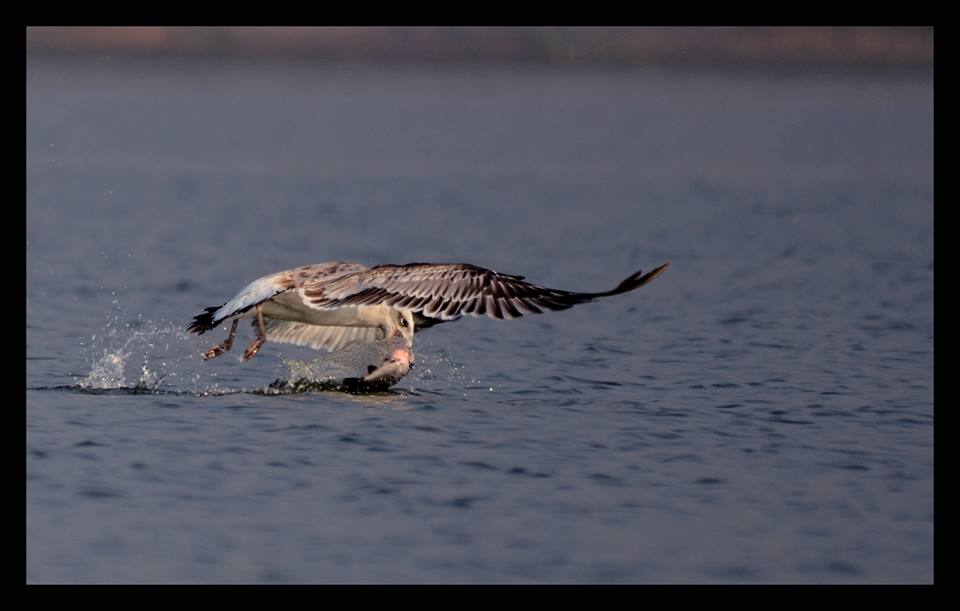
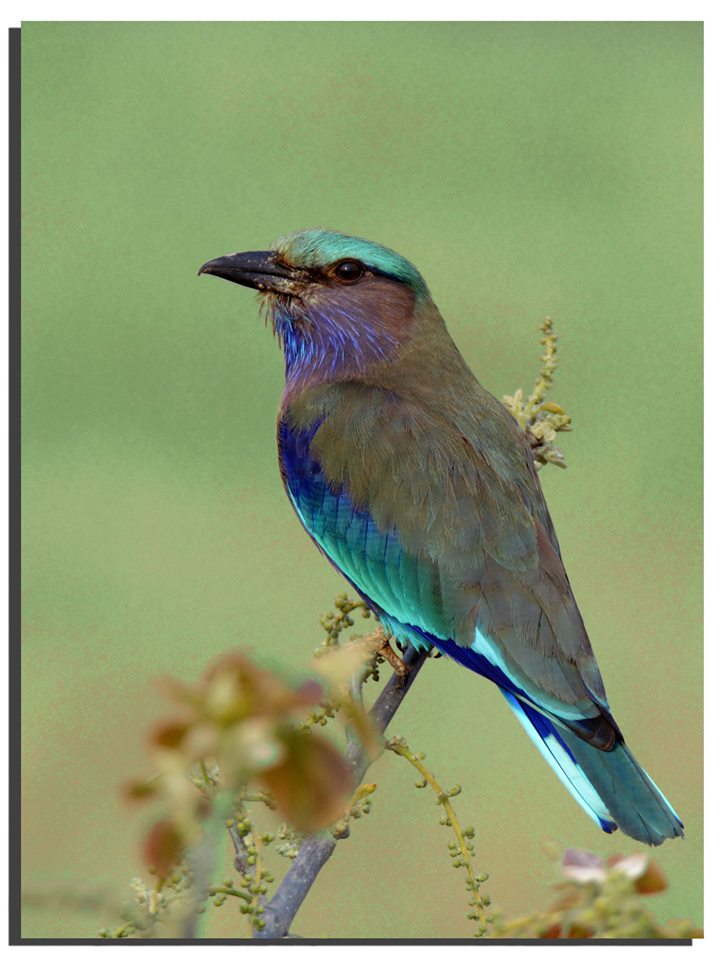
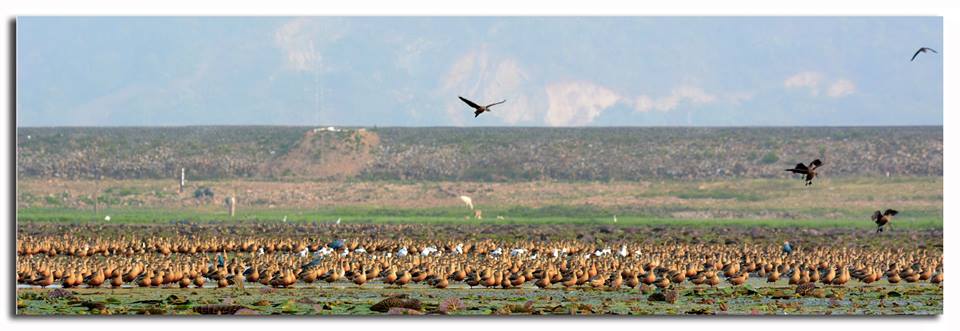
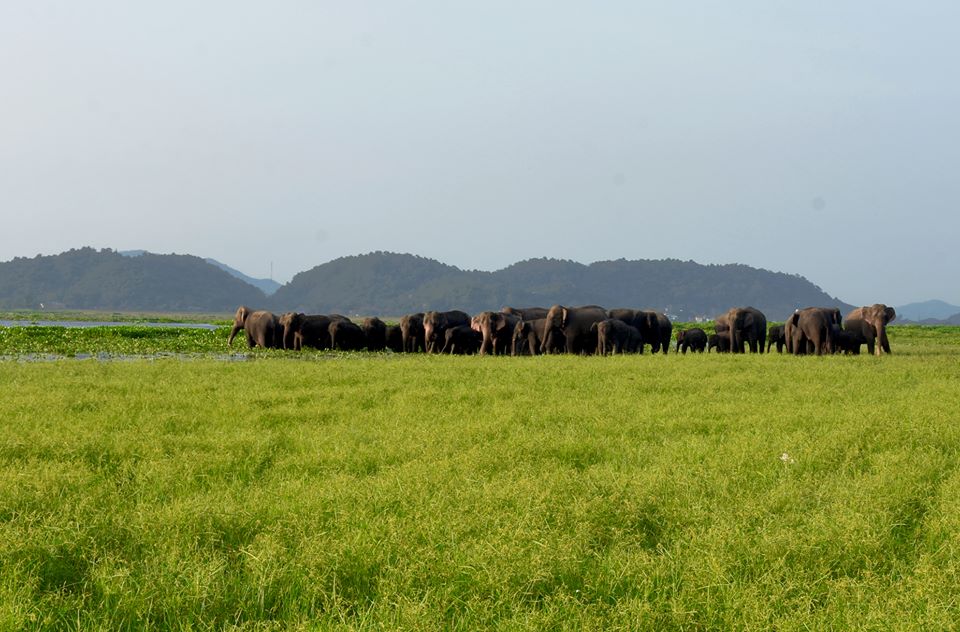
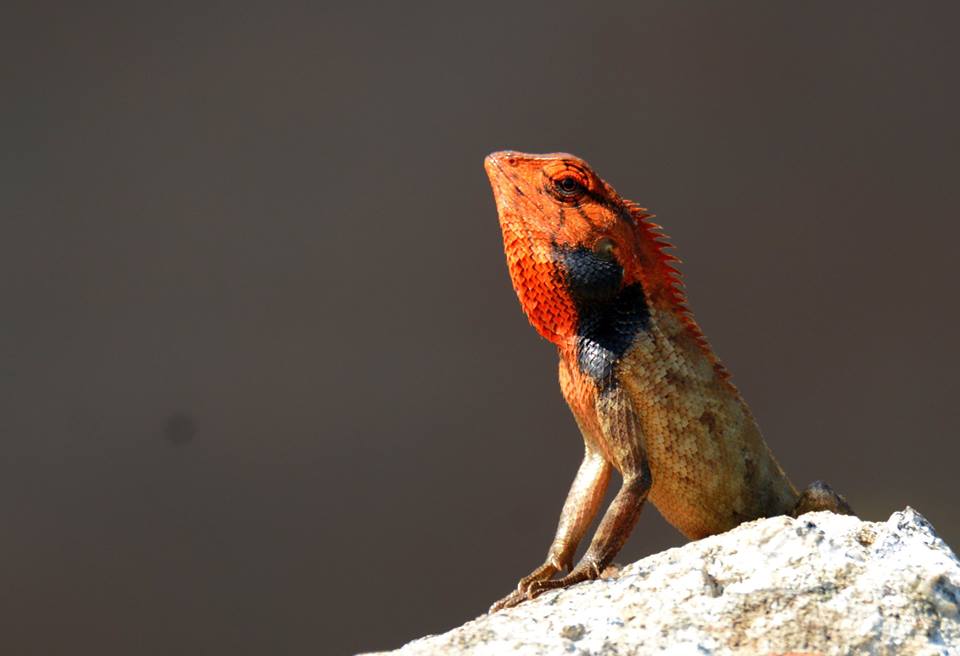

Photo : Jayaditya Purkayastha